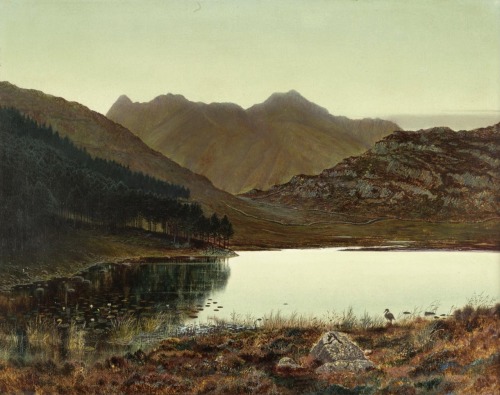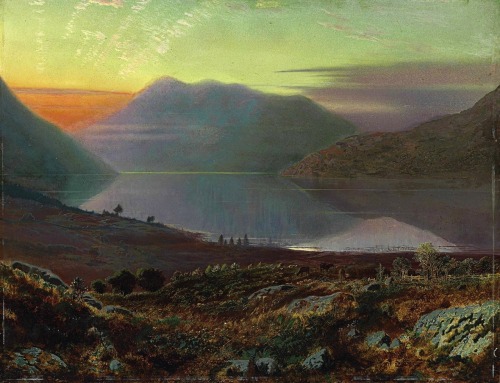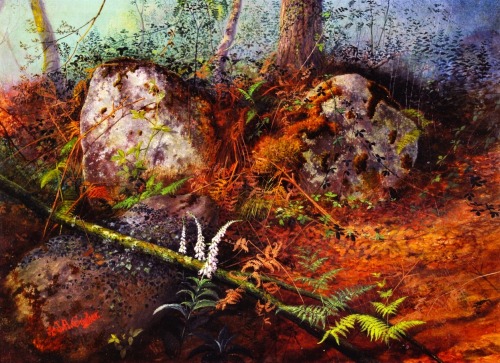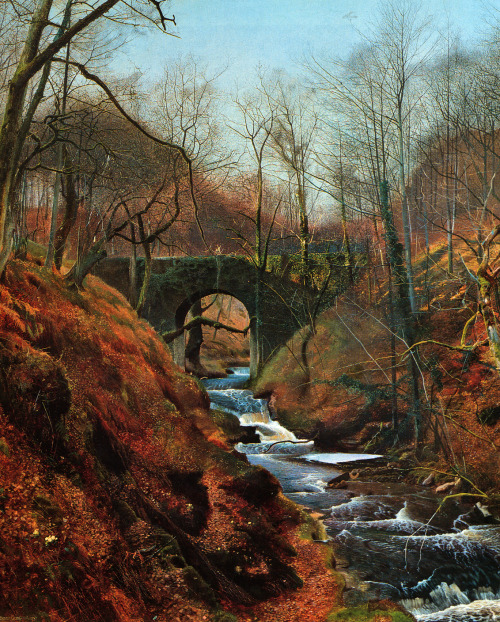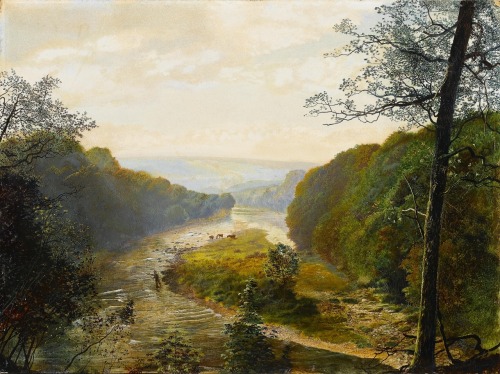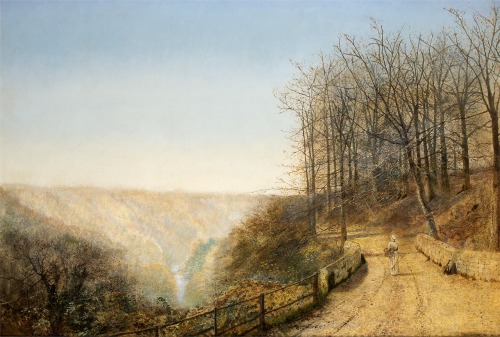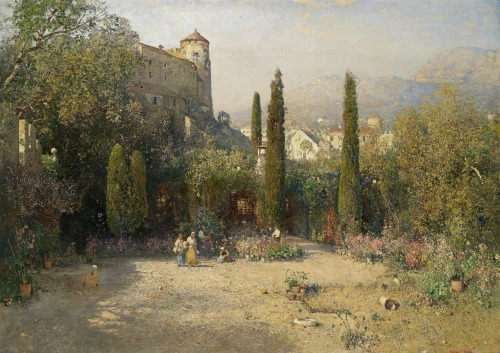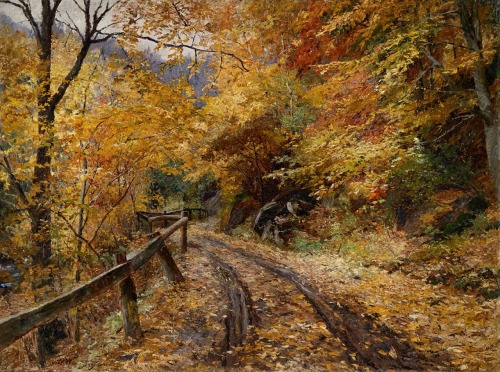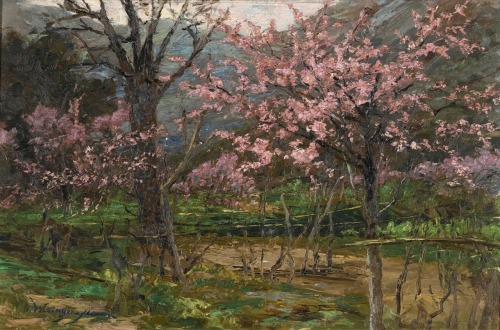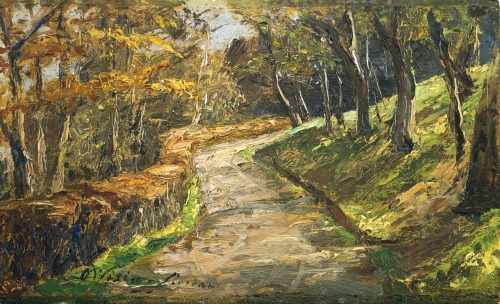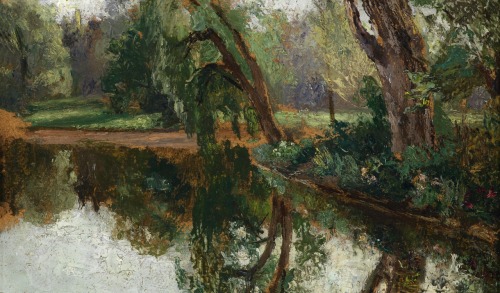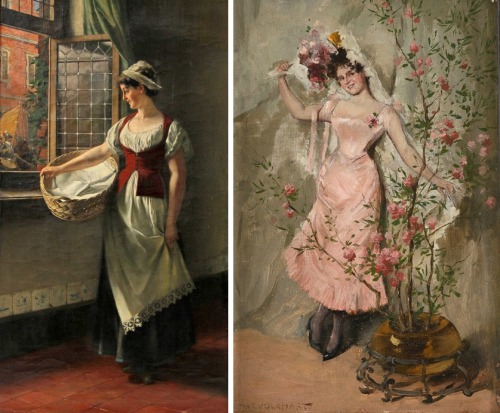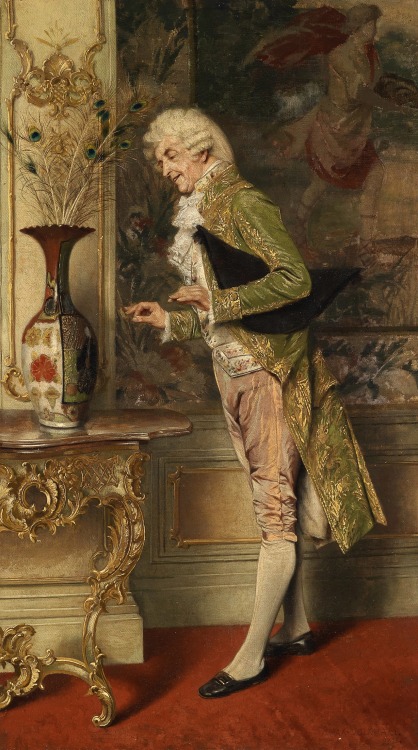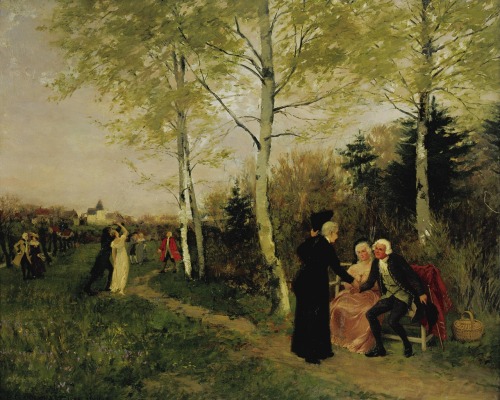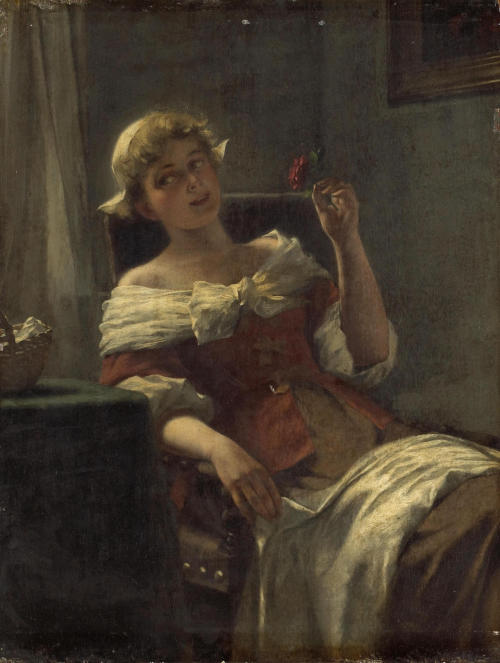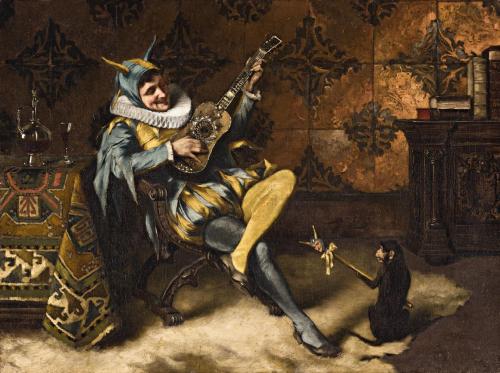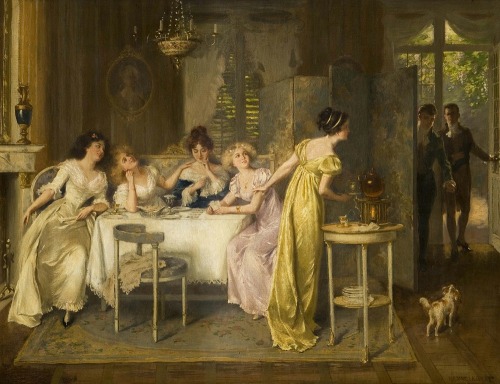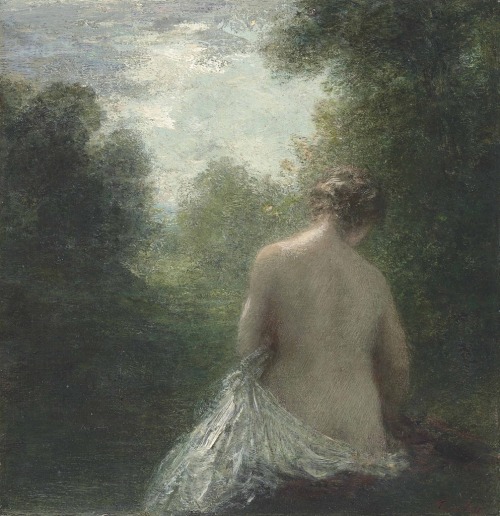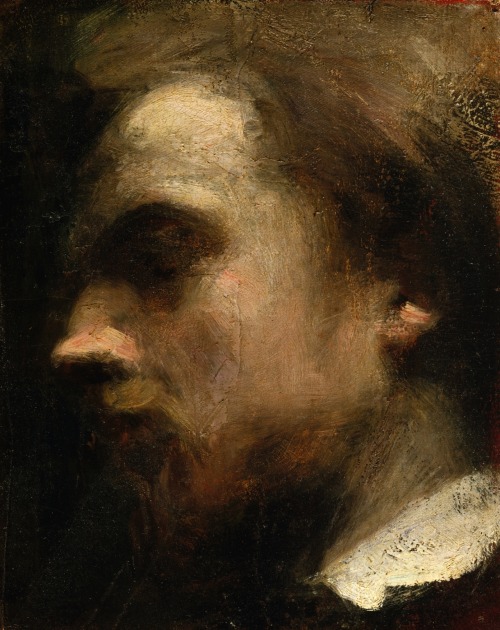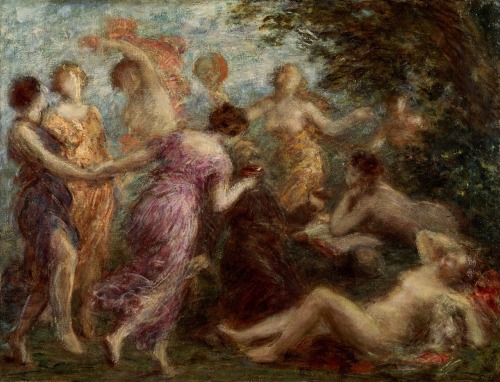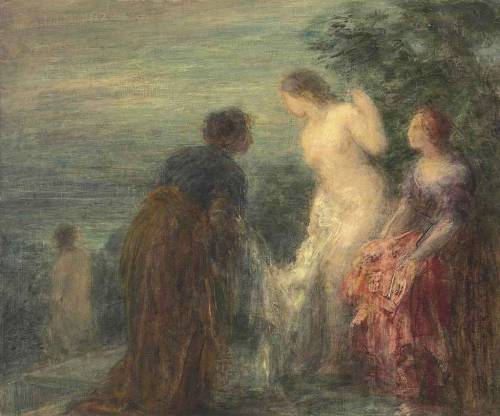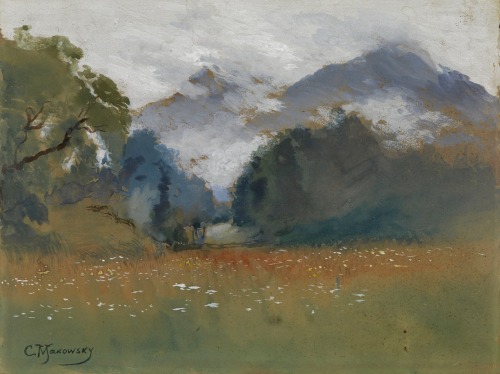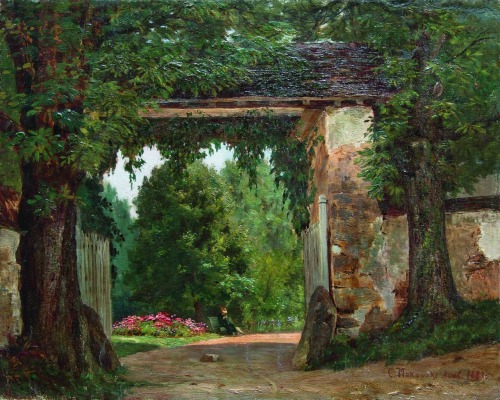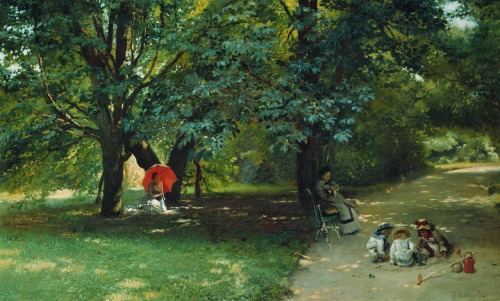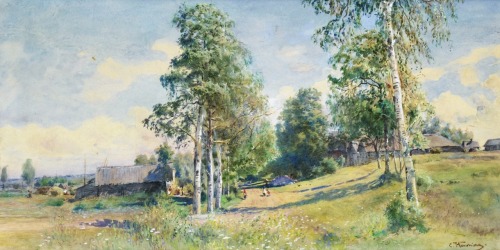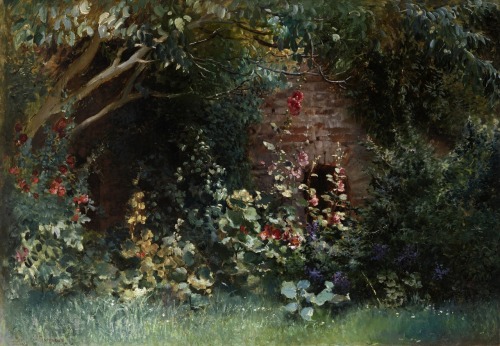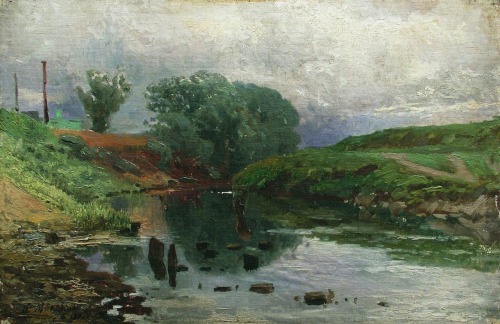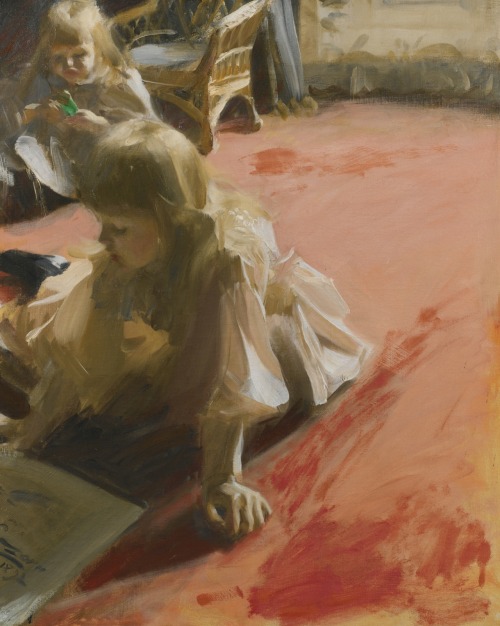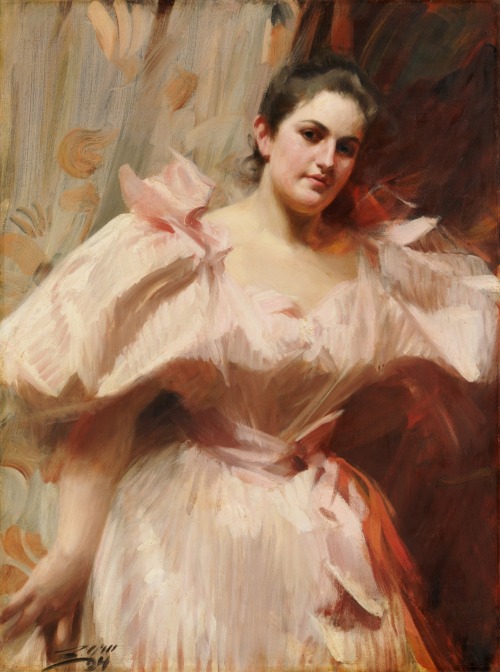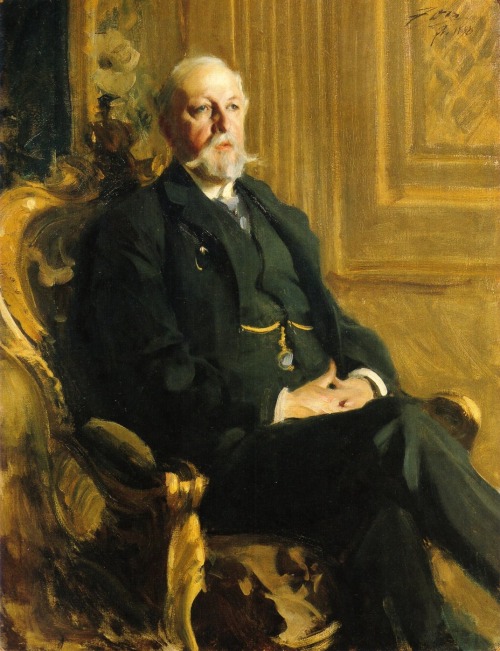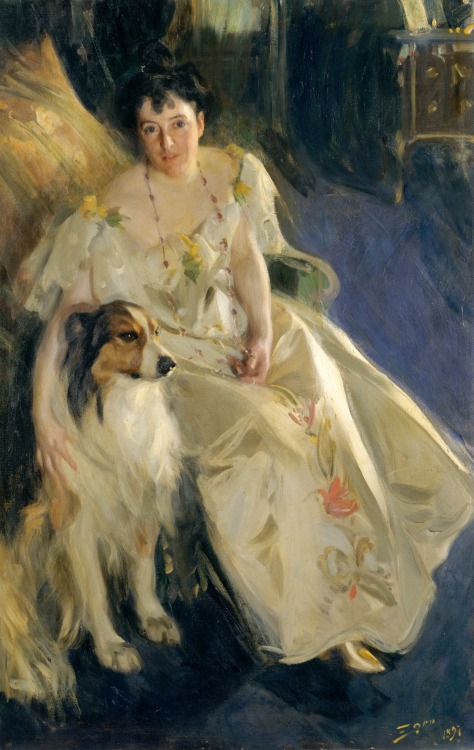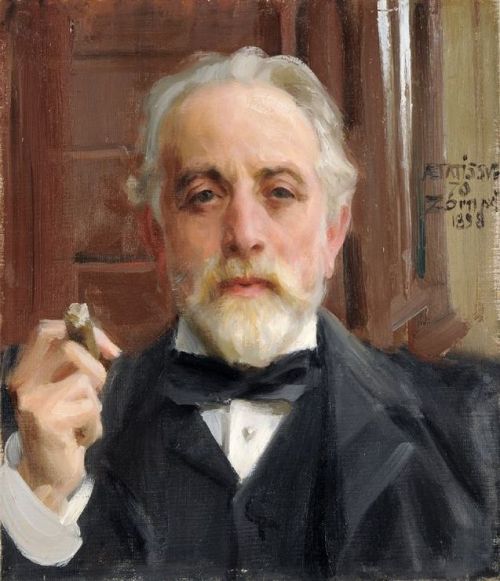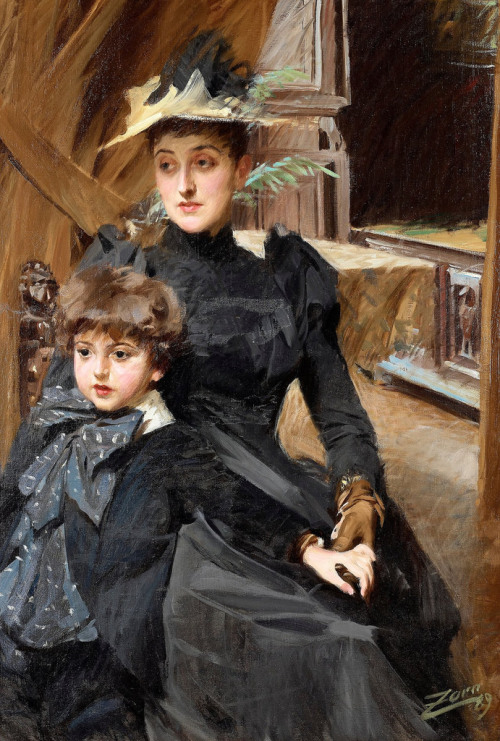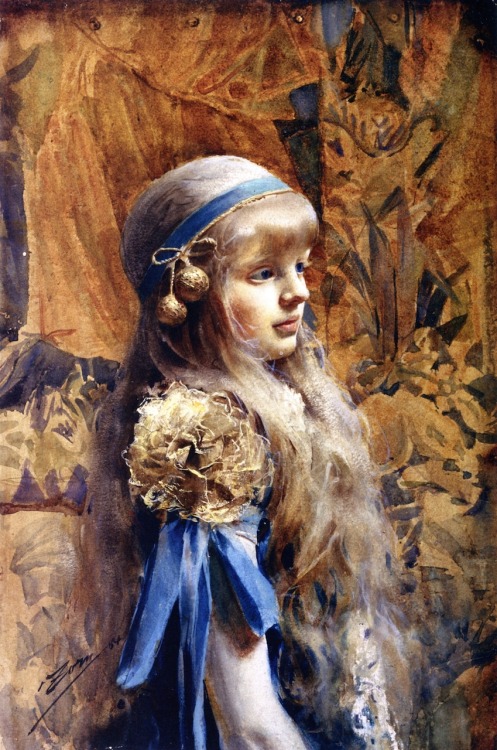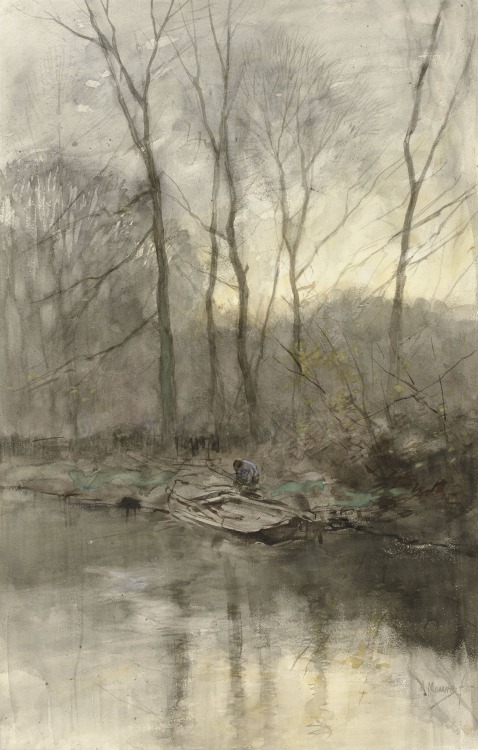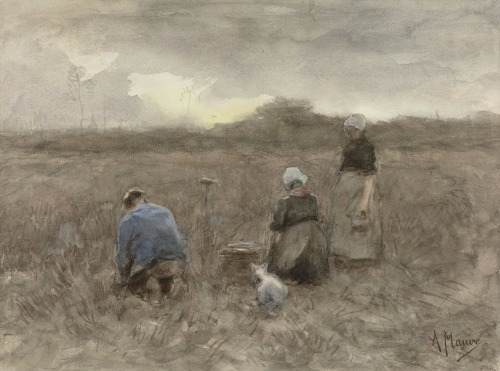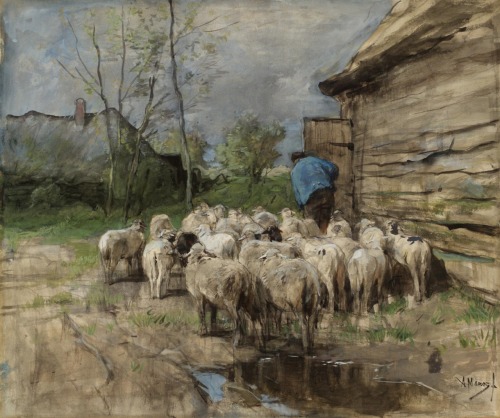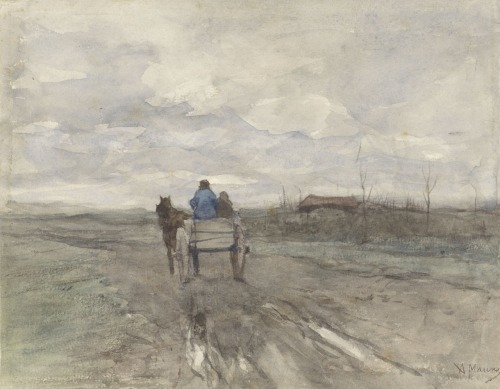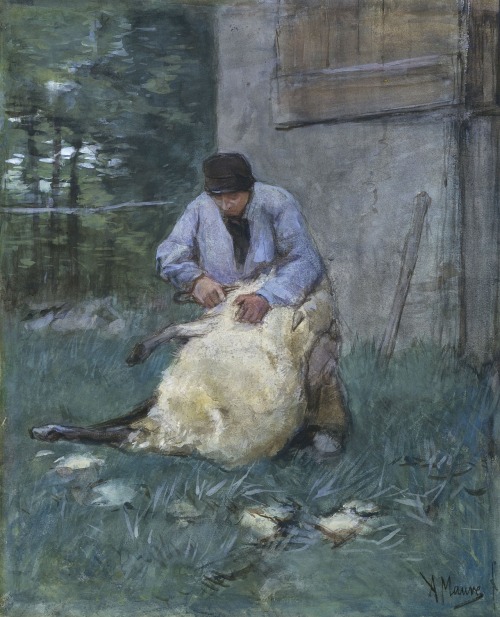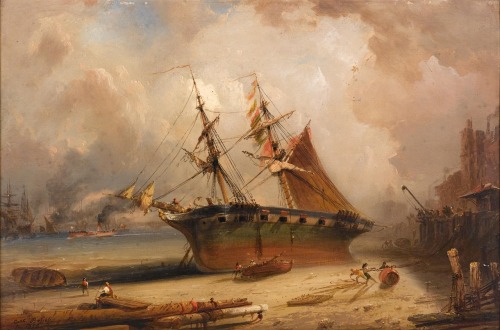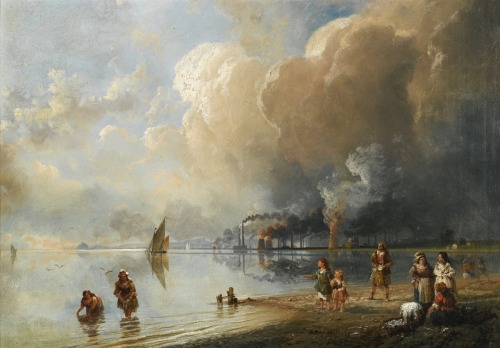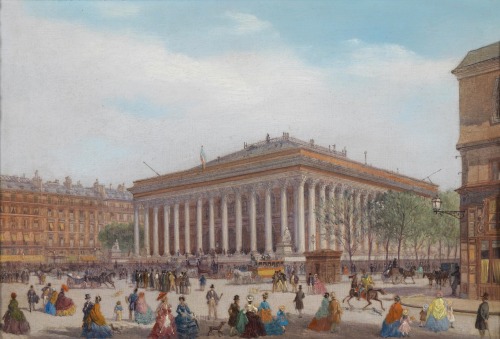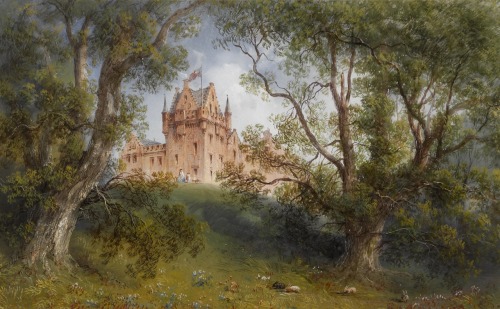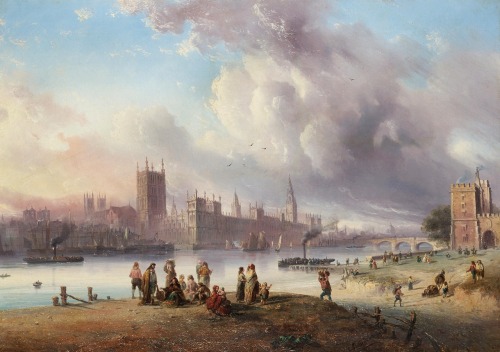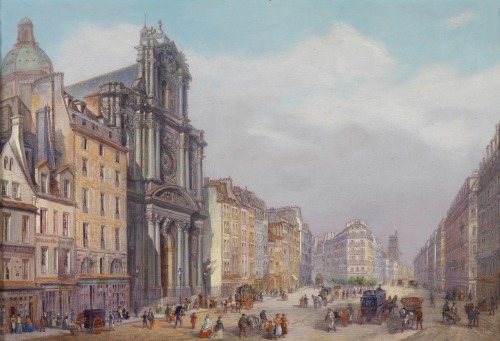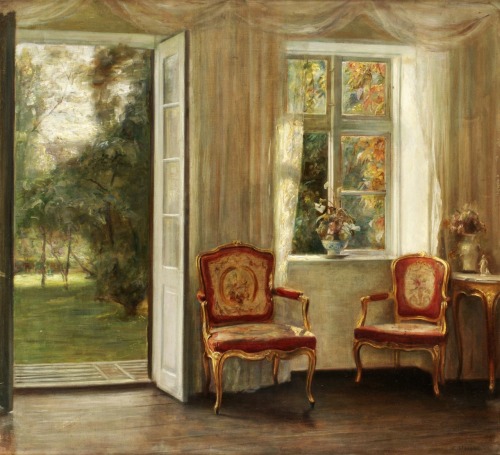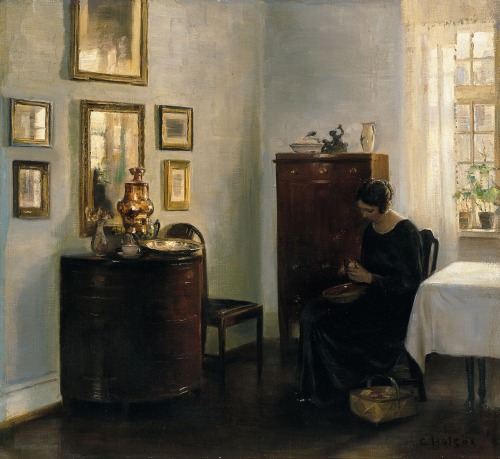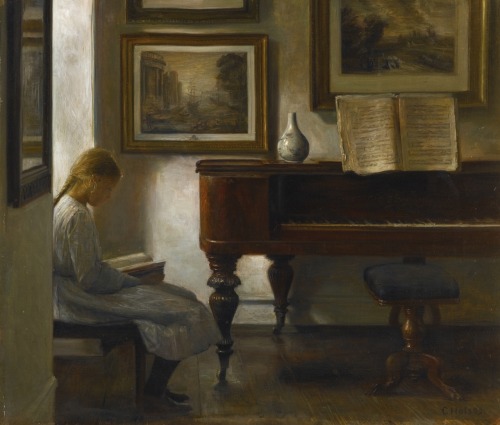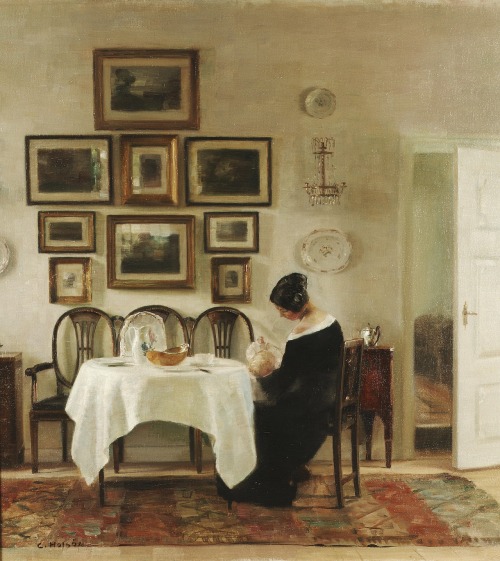#19th century painting
John Atkinson Grimshaw (1836–1893, England)
Landscapes
Grimshaw was an EnglishVictorian-era artist, popular both during his time and in the present for his night-time depictions of British cities.
Grimshaw’s earliest influence was the Pre-Raphaelites. True to the Pre-Raphaelite style, he created landscapes of accurate colour and lighting, vivid detail and realism, often typifying seasons or a type of weather. Moonlit viewsofcity and suburban streets and of the docks in London, Leeds, Liverpool and Glasgow also figured largely in his art. The focus on atmosphere, and lack of moral message or historical reference allies his work to some extent with the Aesthetic Movement.
His careful painting and his skill in lighting effects meant that he captured both the appearance and the mood of a scene in minute detail. His “paintings of dampened gas-lit streets and misty waterfronts conveyed an eerie warmth as well as alienation in the urban scene.” Later in life his colour palette shifted from dark blues to golden yellows, and towards the end of his life were hints of a change in artistic direction, with looser brushwork influenced by his friend James Abbott McNeill Whistler, who was quoted saying “I considered myself the inventor of Nocturnes until I saw Grimmy’s moonlit pictures.”
Post link
Olga Wisinger-Florian (1844–1926, Austria)
Landscapes
Olga Wisinger-Florian was an Austrian painter, mainly of landscapesandstill lifes. She was a representative of Stimmungsimpressionismus (Mood Impressionism), a loose Austrian school of Impressionism that was considered avant-garde in the 1870s and 1880s.
Post link
Max Volkhart (1848–1924, Germany)
Max Volkhart was a Germangenre painter and etcher of the Düsseldorf School. His paintings tend to show uncomplicated scenes of daily life from the 18th and 19th centuries.
Post link
Henri Fantin-Latour (1836–1904, France)
Figure paintings
Fantin-Latour was a French painter and lithographer best known for his flower paintings. He was the most celebrated French still-life painter of the 19th Century and a friend to many artistic figures of the time (including Manet and Whistler), many of whom he painted.
Post link
Konstantin Makovsky (1839—1915, Russia)
Landscapes
Makovsky was an influential Russian painter, affiliated with the Peredvizhniki school of Realism. While some of his work reacts against the Academy, he found success in the Salon alongside other Academic painters, and his work can be seen as perhaps related to the French movement of Academic Naturalism. Many of his historical paintings showed an idealised, Romantic view of Russian life of prior centuries, with a particular focus on Boyar people and culture. He was also a popular and prolific portrait painter.
Post link
Anders Zorn (1860–1920, Sweden)
SocietyPortraits
Anders Zorn is a Swedish painter, perhaps the internationally best-known artist from his country. While known primarily as an oil painter, he was also a gifted watercolourist and along with Joaquín SorollaandJohn Singer Sargent represented a highly virtuoso style of painting between the styles of 19th centuryAcademic art,realismandimpressionism.
He attained a great deal of fame during his lifetime as a painter of the famous (including royalty and three American presidents), and this allowed him a great accumulation of wealth during his lifetime. He used this money primarily to build a substantial art collection, which he donated to the Swedish state upon his death, and also to purchase 40 timber houses which Zorn wished to preserve to ensure that the art of traditional timber building was not forgotten. This reflects the respect of Zorn for his other great subject of painting, which was poor and working people, and rural environments.
Post link
Anton Mauve (1838–88, The Netherlands)
Watercolours
Mauve was a Dutchrealist painter who was a leading member of the Hague School. A master colourist, he was a significant early influence on his cousin-in-law Vincent van Gogh. His best known paintings depict peasants working in the fields. His paintings of flocks of sheep were especially popular with American patrons.
Post link
Carlo Bossoli (1815–84, Italy)
Landscapes 2: Great Britain and France
Bossoli was a Swiss-born Italian painterandlithographer, who spent his early career in Ukraine. He is best known for his landscapes,vedute,historical scenes from the Risorgimento, as well as his depictions of eastern Europe.
Post link
Carl Holsøe (1863–1935, Denmark)
Holsøe was a Danish artist who primarily painted interior scenes often with a solitary female figure present. His style will remind some of his friend and more famous compatriot Vilhelm Hammershøi.
Post link

